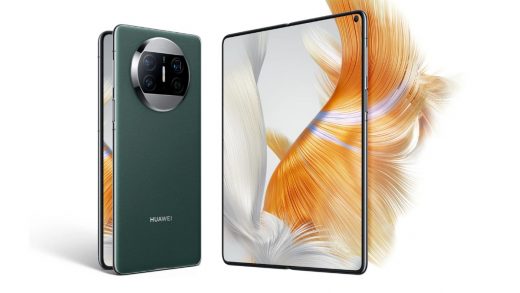![]()
Google on Wednesday launched its new Pixel 8 and Pixel 8 Pro smartphones at the company’s Made by Google 2023 hardware launch event. The latest smartphones from the search giant are powered by a Tensor G3 chip, offer up to 256GB of inbuilt storage, and run on Android 14 out-of-the-box. The standard Pixel 8 and the Pixel 8 Pro both support Google’s AI-backed features like Photo Unblur and Live Translate and are promised to receive seven years of software support from Google. These phones have tons of AI enhancements applied across cameras and on-devices.
Google Pixel 8 and Pixel 8 Pro price in India and availability
Pixel 8 price in India is set at Rs. 75,999 and will be available in a single 128GB storage model. The smartphone will be sold in Hazel, Obsidian, and Rose colour options.
Meanwhile, the Pixel 8 Pro comes at Rs. 1,06,999 for the 128GB storage model. The Pro model comes in Bay, Obsidian, and Porcelain colour options.
The handsets will be available to purchase via Flipkart. Pre-orders for the smartphone will begin today, i.e. October 4.
For the first time, Google is bringing its smartwatch, the Pixel Watch 2, to India with a price tag of Rs. 39,900. All the new Pixel devices will be available starting October 12.
The company also announced a limited-period launch offers in India which include:
— Bank offer of Rs. 8,000 on select banks and exchange offer of Rs. 3,000 on Pixel 8
— Bank offer of Rs. 9,000 on select banks and exchange offer of Rs. 4,000 on Pixel 8 Pro
— With any Pixel 8 or Pixel 8 Pro purchase, users in India can buy a Pixel Watch 2 for Rs. 19,999 or a Pixel Buds Pro for Rs. 8999.
Google Pixel 8, Pixel 8 Pro specifications and features
The Pixel 8 and Pixel 8 Pro are dual-SIM smartphones running on Android 14 out-of-the-box. The Pixel 8 sports a 6.2-inch full-HD+ (1,080×2,400 pixels) OLED screen with a 90Hz refresh rate, while the Pixel 8 Pro has a 6.7-inch Quad-HD (1,344×2,992 pixels) resolution and a 120Hz refresh rate. Both handsets are powered by Google’s nona-core Tensor G3 chipset and the Titan M2 security chip, paired with 8GB (Pixel 8) and 12GB (Pixel 8 Pro) of RAM.
Some of the highlight software enhancements include Google’s Best Take, which will help create a blended image from a series of photos to get the best look for everyone in the picture. There’s also Audio Magic Eraser, which lets you reduce ambient noise like crowd or wind using advanced machine learning. Google also announced the Video Boost feature, which boosts recorded videos and will be available to users later this year.
For capturing photos and video, the newly announced Pixel 8 and Pixel 8 Pro are both equipped with a 50-megapixel primary camera with a Samsung GN2 sensor with a f/1.68 aperture. The Pixel 8 has a 12-megapixel ultra-wide-angle camera, a Sony IMX386 sensor, and an f/2.2 aperture. On the other hand, the Pixel 8 Pro features a 64-megapixel ultra-wide-angle camera with a Sony IMX787 sensor and a f/2.8 aperture.
The Pro model is also equipped with a third 48-megapixel telephoto camera with a Samsung GM5 sensor and a f/1.95 aperture. On the front of both phones is an 11-megapixel camera with an f/2.2 aperture for selfies and video chats.
The Pixel 8 and Pixel 8 Pro are equipped with up to 256GB of inbuilt storage. Connectivity options on the handset include Wi-Fi 6E, 5G, 4G LTE, Bluetooth 5.3, GPS, NFC, and a USB Type-C port. Sensors on board the handsets include an accelerometer, barometer, gyroscope, magnetometer, proximity sensor, and a fingerprint scanner for biometric authentication.
The Pixel 8 and Pixel 8 Pro are equipped with 4,575mAh and 5,050mAh batteries with support for 27W and 30W wired charging, respectively. The handsets also support wireless charging, according to Google. The battery of the Pixel 8 Pro can be charged to 50 percent in 30 minutes and 100 percent in 100 minutes, while the regular model takes slightly longer to charge to 50 percent.


